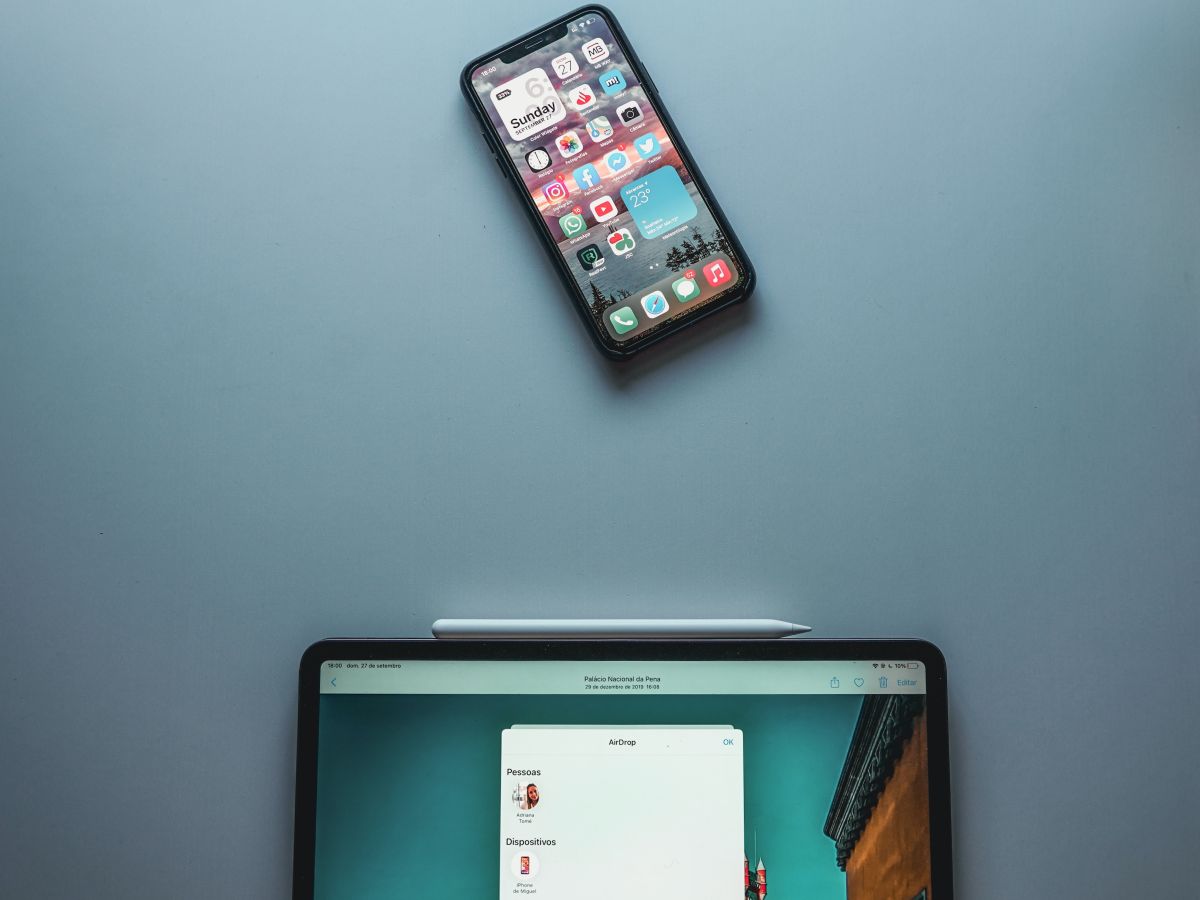
iTunes is one of the main obstacles that many iPhone and iPad users encounter when they want to perform tasks as diverse as adding multimedia content, restoring, updating, or installing applications. The Apple application for Windows and Mac is far from being an intuitive and user-friendly application, but its operation is not as complex as it may seem after a first contact. That is why we are going to make a series of videos in which we will show you how the application works from its most basic functions as well as other more complex ones. In this first video we make the contact for which we analyze the "Summary" tab that appears when we connect our iPhone and iPad to our computer. Below you can see the video tutorial and all the information with images.
On the Summary tab we can find a lot of important information and also some of the most relevant functions of iTunes. In this video we analyze each element of that tab explaining its main functions.

As you can see in the video, there are several well-differentiated sections on this tab. On the one hand we find the library of our computer (1) with all the content that we have added to iTunes. Music, applications, movies, series, television programs ... in each of the sections we will see the multimedia content that is on the computer from which we work. Just below (2) we have the equivalent tab but from our device. In it we will find the multimedia content that we have stored in it. Content transfer (which we will discuss in another video dedicated exclusively to this topic) is always in the "1 to 2" direction, never the other way around.
The information about our device (3) shows us very important data such as its capacity, phone, serial number, IMEI, ECID ... the information changes if we click on it to show us the different identifiers of the device connected to iTunes. Just to the right we have Update and Restore options. The first (4) will install the latest iOS available, but leaving our device with the same content and configuration. The second (5) will also install the latest version, but it will always leave us the iPhone as out of the box, having to install everything from scratch.
At the bottom (6) we have backup options. It is advisable to leave the iCloud copy activated so that every day, when connecting our iPhone or iPad to a WiFi network and charging, a backup is automatically made in the cloud. But we can always make a backup copy in iTunes manually by clicking on "Make a copy now". To restore the copy we must click on "Restore copy" as you can see in the video.
We will continue to analyze each of the iTunes functions in future articles and video tutorials to complete this guide on how to use iTunes with our iPhone and iPad.

I don't understand how they can't not use Itunes. It's not a lot of science. That you are 80 years old that you don't know how to use a PC? Personally, I would like it to be better ordered. and that can be connected offline.